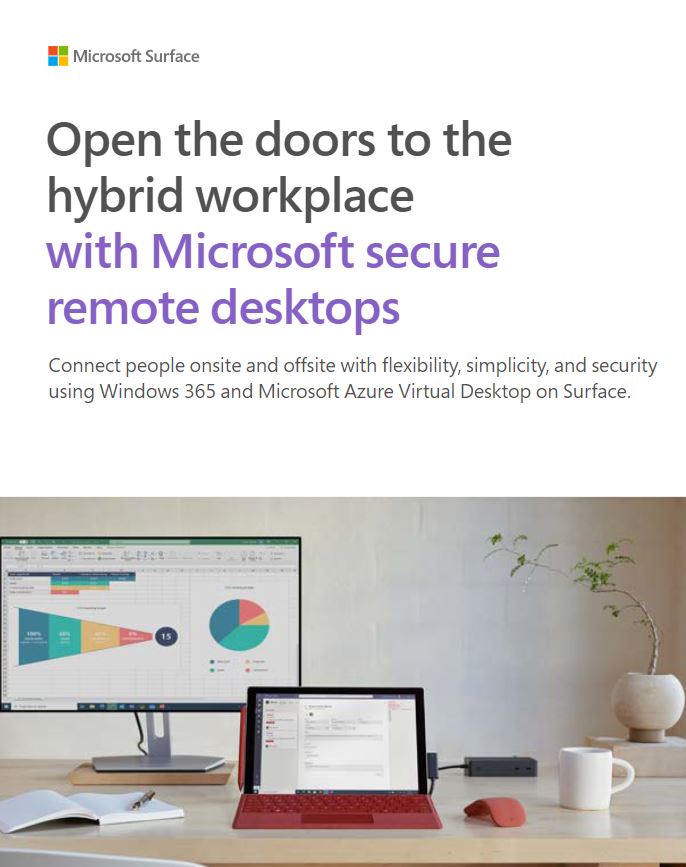Five benefits of cloud document storage for remote working
How the cloud has kept us connected to vital information in the face of lockdown

There has been a lot of debate in recent years over on-site infrastructure versus the cloud. Depending on your specific needs and circumstances, there are pros and cons to choosing either option – with many organisations ultimately choosing to opt for a combination of both.
However, shifting working trends and the impact of the COVID-19 pandemic have significantly increased digital transformation projects and the uptake of cloud technologies (according to research by Snow Software, 82% of IT leaders upped their cloud usage to help navigate the first few months of the pandemic).
One of the key areas of cloud adoption has been cloud document management solutions, which is not surprising given how vital it has been for companies to continue to maintain business as usual when suddenly required to set up remote working arrangements. From flexibility and scalability to security, here are five key benefits of cloud document storage for remote working.
Remote access
When it comes to working from home, easy remote access is essential, and it’s not hard to see how the cloud – which by its very nature is designed to be accessed from any device with an internet connection, anywhere in the world – is a huge boon. Organisations that were already operating a cloud document storage solution will have found it much easier to pivot to a working from home model when lockdown suddenly hit, as vital files and information remained easily accessible.
RELATED RESOURCE

While on-premise storage can be accessed remotely, the architecture that allows this can be complicated, cumbersome and inflexible, requiring a series of security features including passwords, firewalls and VPN barriers to be installed to keep data safe. All of this can impede remote workers’ ability to access the information they need quickly and easily, which can have a serious knock-on effect on business operations.
Security
Making use of a cloud document management solution shifts the responsibility for many functions from IT teams to providers – including the ever-vital issue of security. Cloud services are designed for remote access, and providers have invested an increasing amount into making that access safe and secure as their user bases have ballooned.
When it comes to on-premises storage, in-house IT teams have to take charge of securing documents from theft or unauthorised access. The systems employed to allow remote access can increase the risk of security and communication failures. And when something goes wrong, the onus is on internal IT teams to deal with the consequences.
Get the ITPro daily newsletter
Sign up today and you will receive a free copy of our Future Focus 2025 report - the leading guidance on AI, cybersecurity and other IT challenges as per 700+ senior executives
Reliability
In a time when remote working was far less common than it is today, on-premise storage systems did not need to be able to deal with a large number of people accessing documents remotely at the same time. And on the occasional days when an employee might be working from home, slower or spottier access might have been considered a reasonable cost for the ability to focus on work free from the distractions of the office.
But with a much higher proportion of workers logging in from home, on-premise infrastructure will be under increased pressure – and poor performance on the odd occasion can become intolerable on a day-to-day basis. The benefits of lower latency are also lost when the workforce is not based in the office. Public cloud is, by its very nature, better suited to handling remote access, making it a more reliable storage solution for this new working-from-home paradigm.
Systems management
One of the benefits of on-premise storage is that, in normal circumstances, it gives IT teams immediate access and oversight of the systems. But with the sudden barriers to commuting into the office, access to data centres is no longer a given.
Using a cloud document management solution shifts the responsibility of maintenance from IT teams to providers. That way, businesses can relax, knowing that files are in safe hands – backed up and accessible to staff – and IT teams can focus on other duties.
Flexibility and scalability
With access to on-premises systems limited, IT teams’ ability to respond to changes will be likewise impaired. In periods of disruption, flexibility is vital, and organisations that deal with large amounts of data or large files, in particular, may run into difficulties if they can’t react effectively.
Cloud storage can be scaled in either direction instantly, with no need to have any employees on site. Organisations can pay for what they need, and react to sudden changes without putting added pressure on the IT teams.
While there are advantages to operating on-premises storage infrastructure, the cloud’s versatility and responsiveness have been a vital tool in maintaining workers’ access to vital documents. Without these services, the impact on business operations would have been a whole lot worse.
-
 Bigger salaries, more burnout: Is the CISO role in crisis?
Bigger salaries, more burnout: Is the CISO role in crisis?In-depth CISOs are more stressed than ever before – but why is this and what can be done?
By Kate O'Flaherty Published
-
 Cheap cyber crime kits can be bought on the dark web for less than $25
Cheap cyber crime kits can be bought on the dark web for less than $25News Research from NordVPN shows phishing kits are now widely available on the dark web and via messaging apps like Telegram, and are often selling for less than $25.
By Emma Woollacott Published
-
 Protect and preserve your data from endpoint to infrastructure
Protect and preserve your data from endpoint to infrastructureWhitepaper Achieve cyber resilience with help from a powerhouse partnership
By ITPro Published
-
 The best of both worlds: Building a successful hybrid workplace
The best of both worlds: Building a successful hybrid workplaceWhitepaper Research reveals that delivering consistent cloud collaboration experiences to users is critical to future ways of working
By ITPro Published
-
 Organisations seek SSE solutions to help ease pain of remote work
Organisations seek SSE solutions to help ease pain of remote workWhitepaper How ZTNA wins the network security game
By ITPro Published
-
 Why remote support could help your business better connect with its customers
Why remote support could help your business better connect with its customersSponsored When it comes to building and maintaining customer relationships, don’t underestimate the role of remote support software
By Jane McCallion Published
-
 Open the doors to the hybrid workplace with Microsoft secure remote desktops
Open the doors to the hybrid workplace with Microsoft secure remote desktopsWhitepaper Connect people onsite and offsite with flexibility, simplicity, and security
By ITPro Published
-
 The death of network hardware appliances
The death of network hardware appliancesWhitepaper Why the time to break free is now
By ITPro Published
-
 Achieving the balance
Achieving the balanceWhitepaper Why hybrid work is the future for modern workplaces
By ITPro Published
-
 Using the cloud to address the digital skills gap
Using the cloud to address the digital skills gapWhitepaper Boost retention in an increasingly digitised environment
By ITPro Published